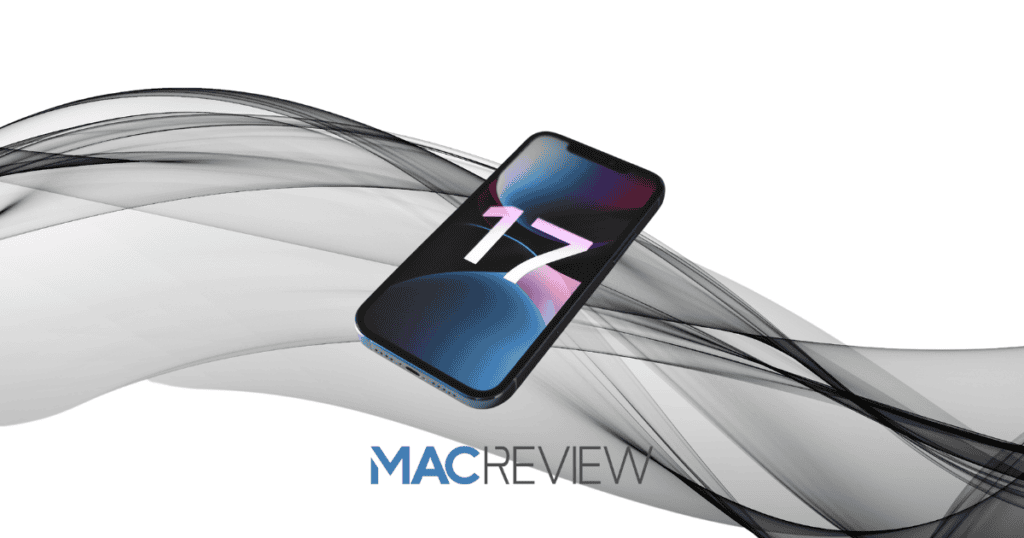Apple is set to redefine the smartphone experience with its latest innovation: the removal of the physical SIM card tray in future iPhone models, starting with the “iPhone 17 Air.” This bold move toward a fully digital experience represents a significant shift in mobile technology and consumer behavior. Here’s a detailed exploration of what this means for users, the technology industry, and the regulatory environment.
The Emergence of eSIM Technology
Apple’s transition to eSIM technology began with the iPhone 14 series in the United States and is expected to expand globally with the upcoming iPhone 17 lineup. eSIMs offer a more secure, convenient alternative to traditional SIM cards by embedding the SIM functionality directly into the device’s hardware. This technology allows users to activate a cellular plan without the need for a physical SIM card, enabling easier switching between carriers and better security against theft.
Advantages of eSIMs in Smartphones
The switch to eSIM technology offers several key benefits:
- Enhanced Security: With eSIMs, the risks associated with physical SIM theft or loss are mitigated, as the eSIM cannot be physically removed from the device.
- Multiple Plan Management: eSIMs allow users to store multiple plans on a single device, making it easier for travelers or those who need separate business and personal numbers to manage their plans without juggling multiple cards.
- Simplified Setup: Activating a new phone becomes seamless with eSIMs, as users can download their carrier’s eSIM profile directly onto the device, bypassing the need for physical store visits or mail delivery of SIM cards.
Challenges and Consumer Concerns
Despite the clear advantages, the transition to eSIM technology is not without challenges. Consumer skepticism remains regarding the reliability of eSIM technology, particularly concerns about carrier compatibility and the potential complexities of switching plans. Moreover, regulatory hurdles in significant markets like China, where eSIM technology has yet to receive approval, pose a substantial barrier to global adoption.
Regulatory and Market Implications
As Apple pushes forward with eSIM technology, it must navigate a complex landscape of international regulations and market preferences. The success of the iPhone 17 and future models in global markets will depend significantly on Apple’s ability to work with local regulators and carriers to support eSIM technology. This transition also sets a precedent that could prompt other smartphone manufacturers to adopt similar technologies, potentially leading to a broader industry shift towards digital SIM solutions.
Consumer Behavior and Digital Adaptation
The move towards eSIMs reflects broader trends in consumer technology, where convenience, security, and sustainability are increasingly prioritized. For many consumers, the benefits of eSIMs align with a desire for a more integrated, streamlined digital experience. However, for this transition to be successful, Apple will need to invest in educating consumers about the benefits and functionalities of eSIMs to overcome hesitancy and ensure a smooth adaptation process.
The Environmental Impact
Apple’s shift also aligns with its sustainability goals. By eliminating the physical SIM card tray and the need for SIM card production and distribution, Apple reduces waste and environmental impact, a move that resonates with eco-conscious consumers. This commitment to sustainability not only enhances Apple’s brand reputation but also sets a standard for environmental responsibility in the tech industry.
Looking Forward: The Impact on the Smartphone Industry
The potential removal of SIM card trays in more countries could catalyze a significant shift across the smartphone industry. If Apple’s rollout of eSIM technology is successful, it could encourage other manufacturers to follow suit, accelerating the adoption of digital SIM technologies worldwide. This shift would have far-reaching implications for carriers, consumers, and the way mobile devices are designed and used in the future.
MacReview Verdict
Apple’s decision to eliminate the SIM card tray in favor of eSIM technology is a bold stride towards a more digital, secure, and environmentally friendly future. As we approach the launch of the iPhone 17, it is clear that this move could redefine mobile connectivity and set new industry standards. For consumers, this transition offers an opportunity to embrace a streamlined way of managing mobile plans that aligns with the broader movement towards comprehensive digital integration.
As Apple leads the charge, the entire tech ecosystem will be watching closely, ready to adapt to the new digital norm in smartphone technology. This is not just a change in how we insert a SIM card; it’s a significant step towards the future of communication.




